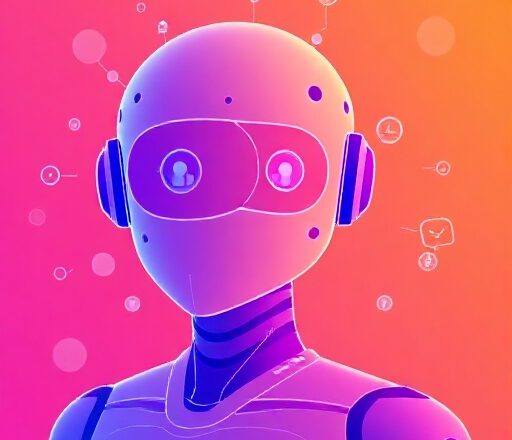Introduction
Just a few years ago, the idea of having your own AI assistant felt like science fiction. Today in 2025, it’s a reality within reach of almost anyone with a computer and an internet connection. Whether you want a digital companion for productivity, a voice-based AI butler at home, or a research partner for your startup, building your own personal AI assistant has never been easier.
In this guide, we’ll walk through how to create a personal AI assistant from scratch, the tools you need, and the customizations that make it uniquely yours.
1. Decide the Role of Your AI Assistant
Before you start, define what you want your assistant to do:
-
Productivity assistant → managing tasks, scheduling meetings, writing emails.
-
Home companion → controlling smart home devices, answering questions, entertainment.
-
Specialized assistant → legal AI for contracts, medical AI for research, coding partner.
💡 Pro Tip: Keep the scope narrow at first. It’s easier to expand later.
2. Choose the Right AI Model
In 2025, you have multiple options:
-
GPT-5 powered assistants (versatile, conversational).
-
Claude 3.5 / Gemini 2 (good for reasoning-heavy tasks).
-
Open-source LLMs like Llama 4 or Mistral (great for privacy and offline use).
For a personal assistant, many people prefer hybrid setups—a cloud-based AI for big tasks, and a lightweight offline model for privacy.
3. Set Up the Voice & Personality
Your AI doesn’t have to be just text-based:
-
Use text-to-speech (TTS) engines like ElevenLabs or OpenAI’s voice synthesis for natural conversation.
-
Give your assistant a custom voice and personality (formal, casual, humorous).
-
Train it on your own preferences, writing style, or even a dataset of your past communications.
4. Connect It to Your Tools
To be useful, your assistant needs access to your digital life:
-
Email & Calendar → Google Workspace, Outlook.
-
Task Managers → Notion, Trello, Asana.
-
Smart Home Devices → Alexa, HomeKit, Google Home.
-
APIs & Plug-ins → Weather, finance, fitness trackers.
With these integrations, your AI moves from a chatbot to a true personal executive assistant.
5. Enhance with Memory and Context
Unlike early chatbots, 2025 AI assistants can remember past conversations. You can:
-
Give your assistant a persistent memory database.
-
Store details about your habits (bedtime, work hours, favorite foods).
-
Teach it your personal routines, so it proactively helps you.
Example: “Good morning, Alex. You usually run on Saturdays at 8 AM—should I book a gym slot for today?”
6. Secure Your Data
Since your AI assistant will have access to personal information, security is critical:
-
Use end-to-end encryption for data storage.
-
Keep sensitive tasks on a local/offline AI model.
-
Regularly audit its permissions (so it doesn’t overshare).
7. Make It Truly Yours
Once the basics are set up, you can customize further:
-
Give it a name and avatar.
-
Add a custom wake word (“Hey Nova,” “Okay Atlas”).
-
Train it on your field of expertise (coding, law, medicine).
-
Connect it to a wearable device (AR glasses, smartwatches).
By this stage, you’re no longer just using an assistant—you’re shaping a personal digital twin.
Conclusion
Building a personal AI assistant in 2025 is easier than ever, thanks to advanced LLMs, natural voice tech, and accessible APIs. Whether you want a professional helper, a home companion, or a specialized research partner, the possibilities are endless.
The best part? Your assistant grows smarter over time—learning, adapting, and evolving right alongside you.
🚀 In other words: the future of productivity isn’t just digital—it’s personal.
